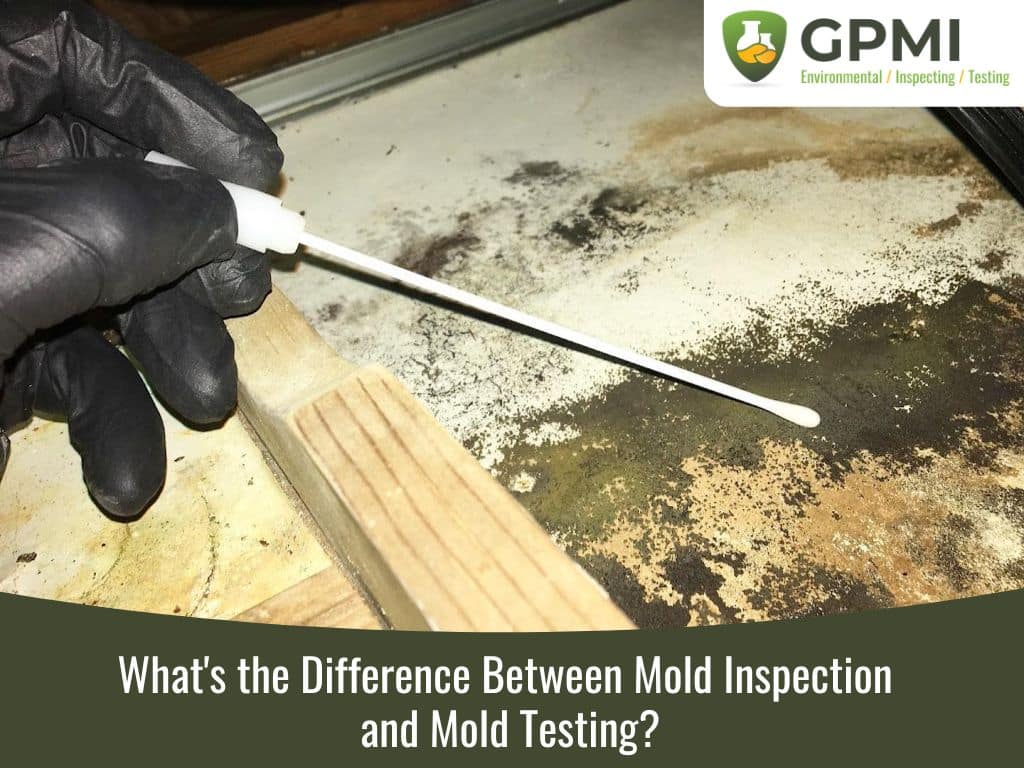Ensuring Post Remediation Verification Accuracy
Wiki Article
Specialist Tips for Article Mold And Mildew Remediation Success
In the world of mold removal, efficiently eliminating mold is only half the battle; the true challenge exists in preventing its reappearance. By sticking to expert suggestions and best practices, people can protect their areas versus mold rebirth and maintain a healthy and balanced interior atmosphere.
Screen Moisture Levels Frequently
Routine monitoring of humidity levels is crucial in making sure the efficiency of post mold and mildew removal efforts. After finishing mold removal procedures, maintaining ideal moisture degrees is crucial to avoid mold and mildew re-growth and ensure a healthy interior environment. Monitoring moisture levels enables very early detection of any type of spikes or changes that can potentially cause mold and mildew revival. High humidity degrees over 60% produce a conducive setting for mold to grow, making normal keeping an eye on a proactive procedure to protect against any future mold and mildew concerns - Post Remediation verification.In addition, establishing a routine timetable for humidity checks, especially in risky areas such as cellars, kitchens, and restrooms, is an aggressive method to mold prevention. By continually checking moisture levels, residential property owners can efficiently reduce the risk of mold and mildew reoccurrence and preserve a healthy and balanced indoor environment post-remediation.
Conduct Thorough Inspections Post-Remediation
Complying with the completion of mold and mildew removal procedures, it is critical to conduct detailed evaluations to validate the performance of the remediation process. These post-remediation evaluations are critical in guaranteeing that the mold problem has been effectively attended to which there is no reoccurrence or continuing to be mold and mildew growth. Assessments ought to be executed by certified specialists that have expertise in determining mold and mildew and analyzing interior air top quality.Throughout these examinations, numerous approaches such as visual evaluations, air tasting, and surface area tasting might be used to extensively examine the remediated areas. Visual assessments entail an in-depth inspection of the premises to check for any type of noticeable indications of mold and mildew growth or water damage. Air sampling helps in identifying the air-borne mold and mildew spore levels, while surface area sampling can spot mold and mildew particles on surfaces.
Implement Correct Ventilation Methods
After ensuring the effectiveness of the mold removal procedure through complete evaluations, the following vital action is to focus on implementing proper air flow strategies. Appropriate air flow is essential in avoiding mold reoccurrence by managing moisture degrees and promoting air blood circulation.
Appropriate ventilation not only help in protecting against mold and mildew growth but also adds to the overall health and convenience of occupants. By making sure sufficient air flow throughout the property, you can minimize the danger of mold regrowth and create a healthier living environment. Routine upkeep of ventilation systems, consisting of cleansing and filter replacements, is important to maintaining efficient air flow. Consulting with cooling and heating professionals can offer additional insights into enhancing ventilation methods for your certain building requirements.

Usage Mold-Resistant Materials for Fixes
To improve the long-lasting performance of mold remediation efforts, incorporating mold-resistant products for repair services is essential in reducing the danger of future mold and mildew growth. Mold-resistant products are designed to stand up to dampness and hinder mold and mildew growth, making them an important choice for locations vulnerable to wetness and humidity. When repairing locations affected by mold and mildew, using products such as mold-resistant drywall, mold-resistant paints, and mold-resistant caulking can help protect against mold and mildew recurrence.Mold-resistant drywall is an exceptional alternative to traditional drywall in locations like cellars and washrooms where moisture levels are greater. This kind of drywall has an unique coating that withstands mold and mildew development even when subjected to damp problems. Furthermore, using mold-resistant paints having antimicrobial agents can better prevent mold and mildew advancement on ceilings and walls.
In areas where moisture is typical, such as restrooms and kitchens, using mold-resistant caulking around windows, bathtubs, and sinks can aid secure out water and avoid mold from taking hold in fractures and crevices. By buying these mold-resistant products during repair work post-remediation, you can significantly minimize the possibility of future mold and mildew issues and preserve a much healthier indoor setting.
Maintain Cleanliness and Address Water Issues
After mold remediation, it is crucial to preserve a clean setting to prevent the regrowth of mold and mildew. Leakages, water intrusion, or high moisture levels can produce the perfect breeding ground for mold, so it is vital to deal with any kind of water-related issues instantly.To preserve tidiness, take into consideration utilizing HEPA filters in vacuum cleaners and air purifiers to catch mold and mildew spores and prevent their blood circulation in the air. Ensuring appropriate ventilation in areas prone to moisture build-up, such as cooking areas and bathrooms, can aid maintain moisture levels in check. By remaining attentive concerning cleanliness and attending to water concerns without delay, you can effectively stop mold reinfestation and keep a healthy indoor setting.
Conclusion

In the world of mold and mildew remediation, effectively getting rid of mold and mildew is just half the battle; the true obstacle exists in preventing its reappearance. After completing mold and mildew remediation procedures, preserving optimum moisture degrees is essential to protect against mold and mildew re-growth and ensure a healthy and balanced indoor atmosphere. High moisture degrees over 60% develop a favorable setting for mold to thrive, making routine checking an aggressive action to protect against any kind of future mold problems.
To enhance the long-lasting effectiveness of mold and mildew remediation efforts, including mold-resistant materials for repair work is vital in alleviating the threat of future mold and mildew development. After mold removal, it is essential to maintain a clean environment to protect against the regrowth of mold and mildew.
Report this wiki page